Table of Contents (click to expand)
A deer’s eyes consist of more rods than cones, which is why it is able to see very clearly, even at night. However, when a car’s headlight beam falls into their eyes, the deer becomes blinded by the bright light. Until its eyes adjust to that heightened level of brightness, a deer will keep standing there, which makes it look like the deer is rooted to the spot.
This is something that is known by few people, and experienced by fewer still. For those who don’t know about it, if you ever happen to be driving on a road at night that is surrounded by woods with a sizable population of deer, you might suddenly find a deer standing on the road ahead of you.
Now, spotting a deer in the center of the road ahead of you might not be very unusual in heavily forested areas, but the deer’s behavior might seem strange. It’s highly likely that the deer, despite seeing that it’s standing in the path of an automobile with illuminated headlights, won’t budge an inch! It will simply keep standing there for at least a minute or two!
Considering that wild animals usually tend to run away from humans at even the faintest of sounds, this steadfast attitude of deer is extremely peculiar. Why do you think deer freeze in headlights?
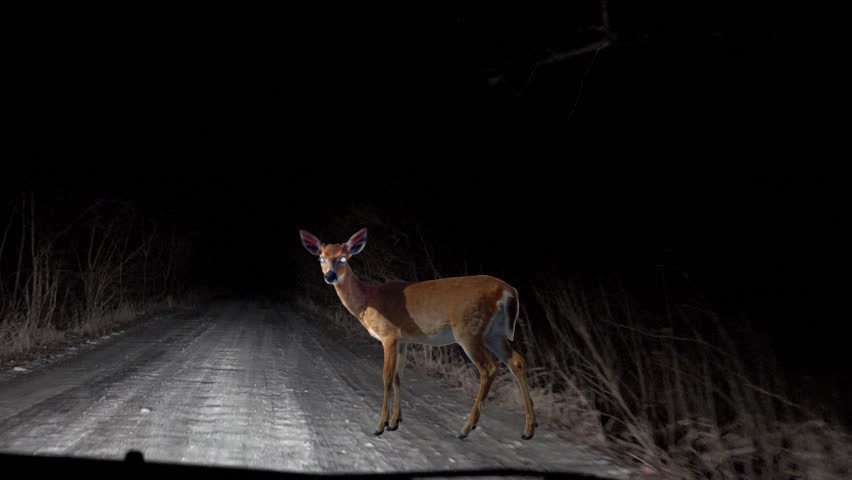
Deer Vision
Some people might think that deer are simply stubborn, which is why they choose to block the road in the middle of the night.
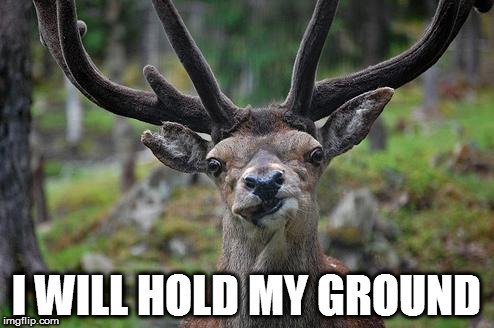
However awesome and exciting that might sound, it doesn’t appear to be the the real reason behind deer’s steadfastness on the road. Rather, it has everything to do with the deer’s eyes.
You might have learned in high school biology classes that the retina of human eyes consist mainly of two types of photoreceptors, called cones and rods. While cones are responsible for our ability to discern between colors (color vision) and produce sharp, crisp images on the retina, rods help us see in low-light conditions.
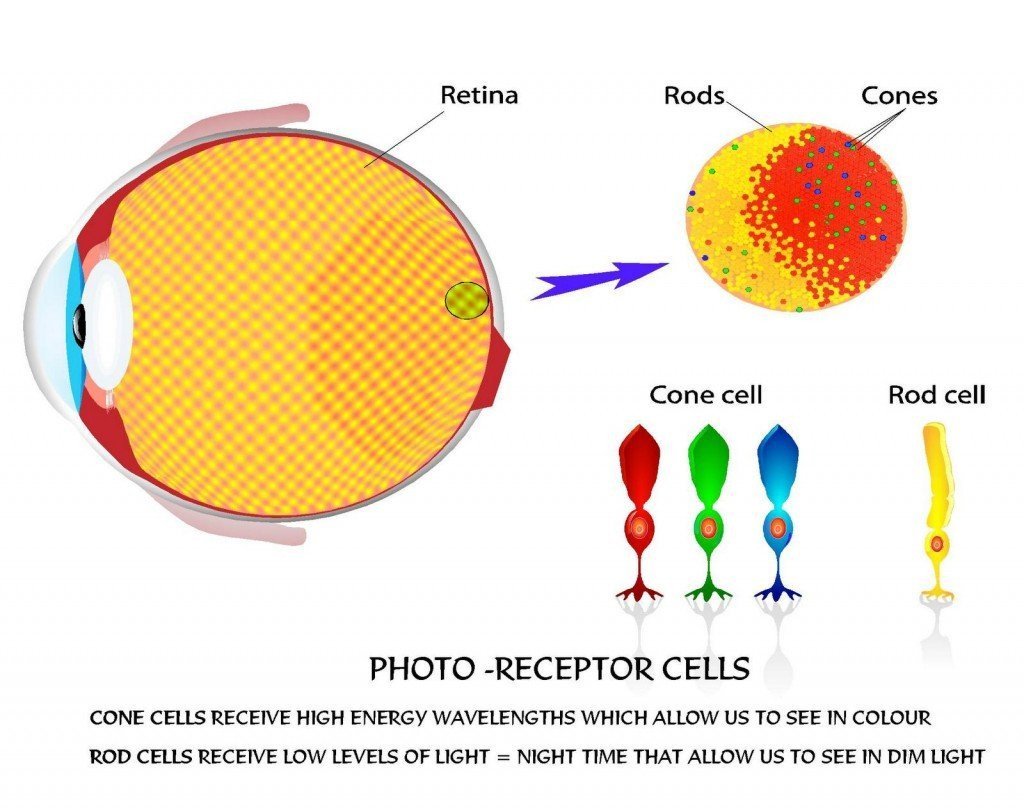 Rods are a thousand times more sensitive to light than cones and are also better at sensing motion. That’s why nocturnal animals usually have more rods in their eyes than their diurnal counterparts (i.e., animals that are mostly active during the day). Animals like cats, dogs and owls are some of the most common animals thta have far better night vision than humans.
Rods are a thousand times more sensitive to light than cones and are also better at sensing motion. That’s why nocturnal animals usually have more rods in their eyes than their diurnal counterparts (i.e., animals that are mostly active during the day). Animals like cats, dogs and owls are some of the most common animals thta have far better night vision than humans.
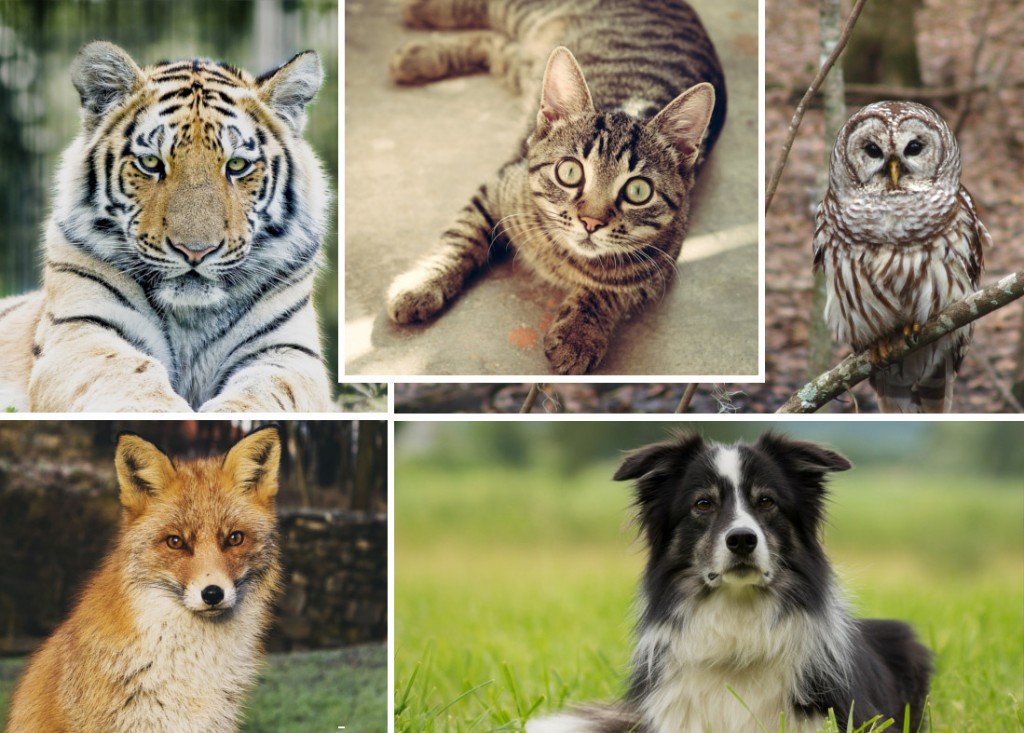
Similarly, deer also have fantastic night vision, thanks to the presence of a high number of rods in their eyes. This is precisely why they stand still in front of a vehicle at night, seemingly bathing in the headlight beams.
Also Read: Why Do Radiologists And Pilots Wear Red Goggles In Bright Light?
Why Do Bright Lights Stun Deer?
You see, a deer is a crepuscular creature, meaning that it’s primarily active during twilight (typically an hour before and after dawn/dusk). This implies that when there is absolute darkness outside, namely at night, a deer’s pupils are fully dilated to capture as much light as possible.
However, when a deer’s eyes are suddenly struck by the beam of a car’s headlights, its fully dilated pupils become blinded by the abundance of light, so it cannot see at all. Not knowing what to do about the sudden light surge in its eyes, a deer will just stand still and wait for its eyes to adjust to the blinding light.
So, there is neither bravery nor foolishness behind a deer’s act of blocking a car’s path in the middle of the night; it’s just anatomy!
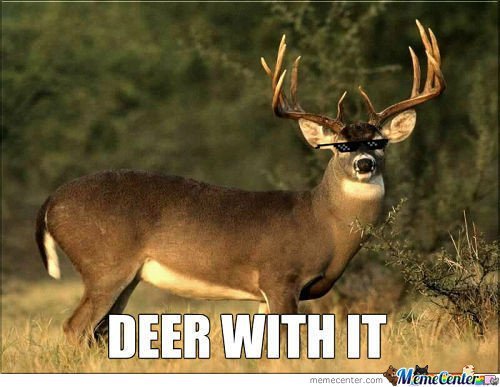
Also Read: Why Does Squinting At A Light Make A Plus Sign Shape?
How much do you know about deer and their tendency to stare at headlights?

